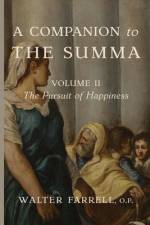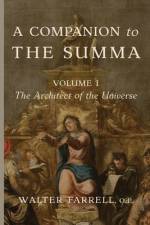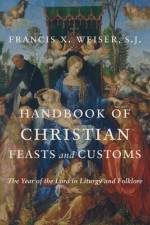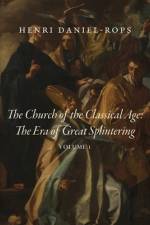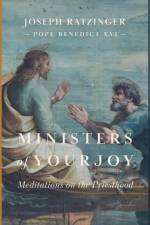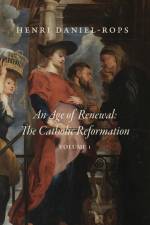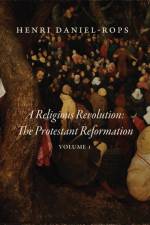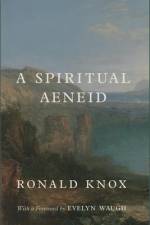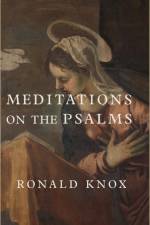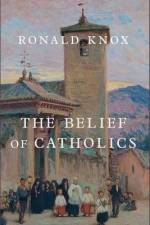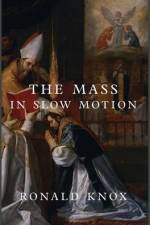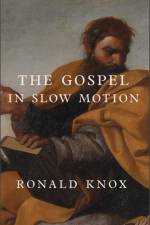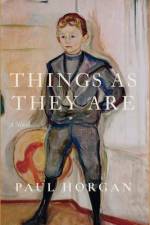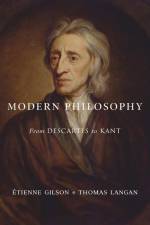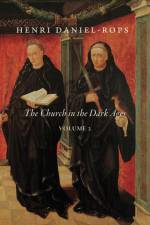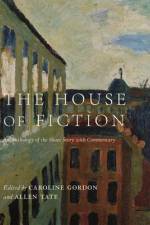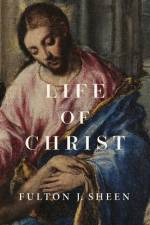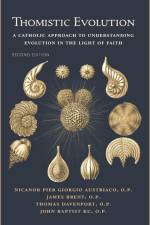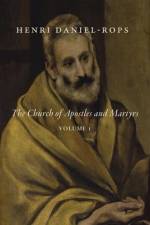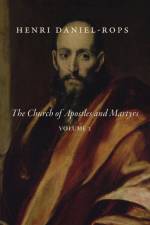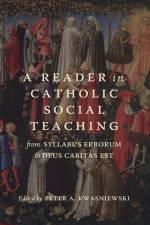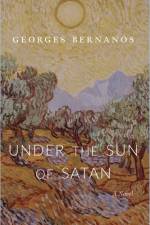- The Pursuit of Happiness: The Architect of the Universe
av Walter Farrell
445
The Summa Theologiae is a work of astounding breadth and scope: five folio vol-umes of closely packed print, and more closely packed thought; incredibly, it was a work intended, not for the learned and wise, but for beginners. Walter Farrell, O.P., fully honors that intention with his four Companion volumes to the Summa, which together offer an easy guidebook to St. Thomas's greatest work. These are not simply more books about St. Thomas or about the Summa; rather, they are a distillation of the Summa into popular and accessible form, a unique introduction to the thought of the Angelic Doctor and a defense of the truths, natural and divine, by which human life is lived. Volume II: The Pursuit of Happiness presents St. Thomas's profound study of the whole problem of human happiness. With each page, this study takes a step further down into the mundane world of human affairs; with every chapter, it confronts more directly the clamor and confusion of human activity. In neat and orderly fashion, Farrell once more follows the Angelic Doctor's lead, examining the essence of happiness and means of attaining it; the relationships between happiness and morality, happiness and passion, happiness and virtue; the various causes of unhappiness-running the whole gamut of human appetite and emotion, from love, desire, and hope to hatred, fear, and despair. A sharp challenge to the ethical caprices of the modern age, A Companion to the Summa, Volume II: The Pursuit of Happiness reaches for and grasps firmly the key to the mystery of human life: happiness.



